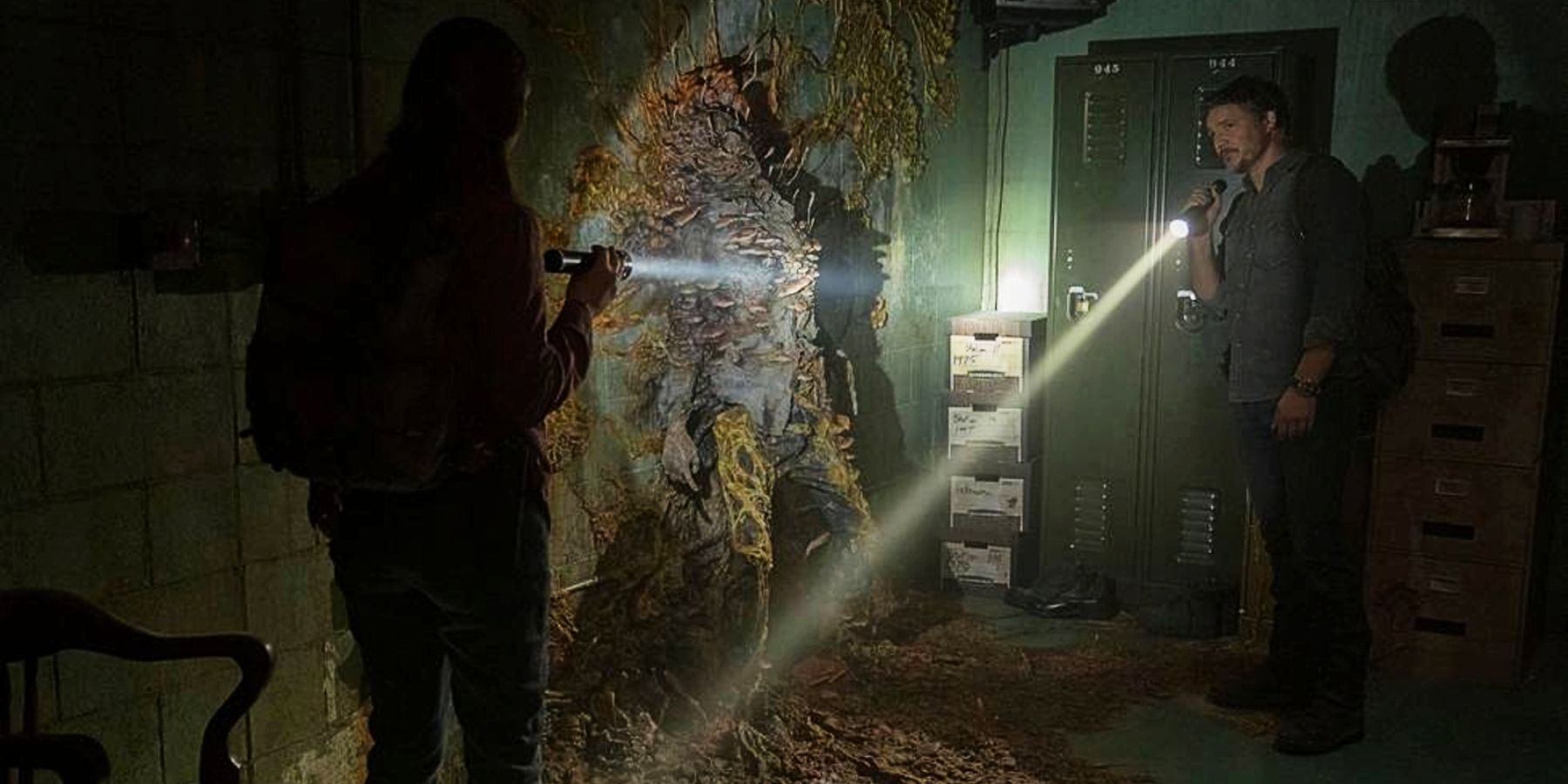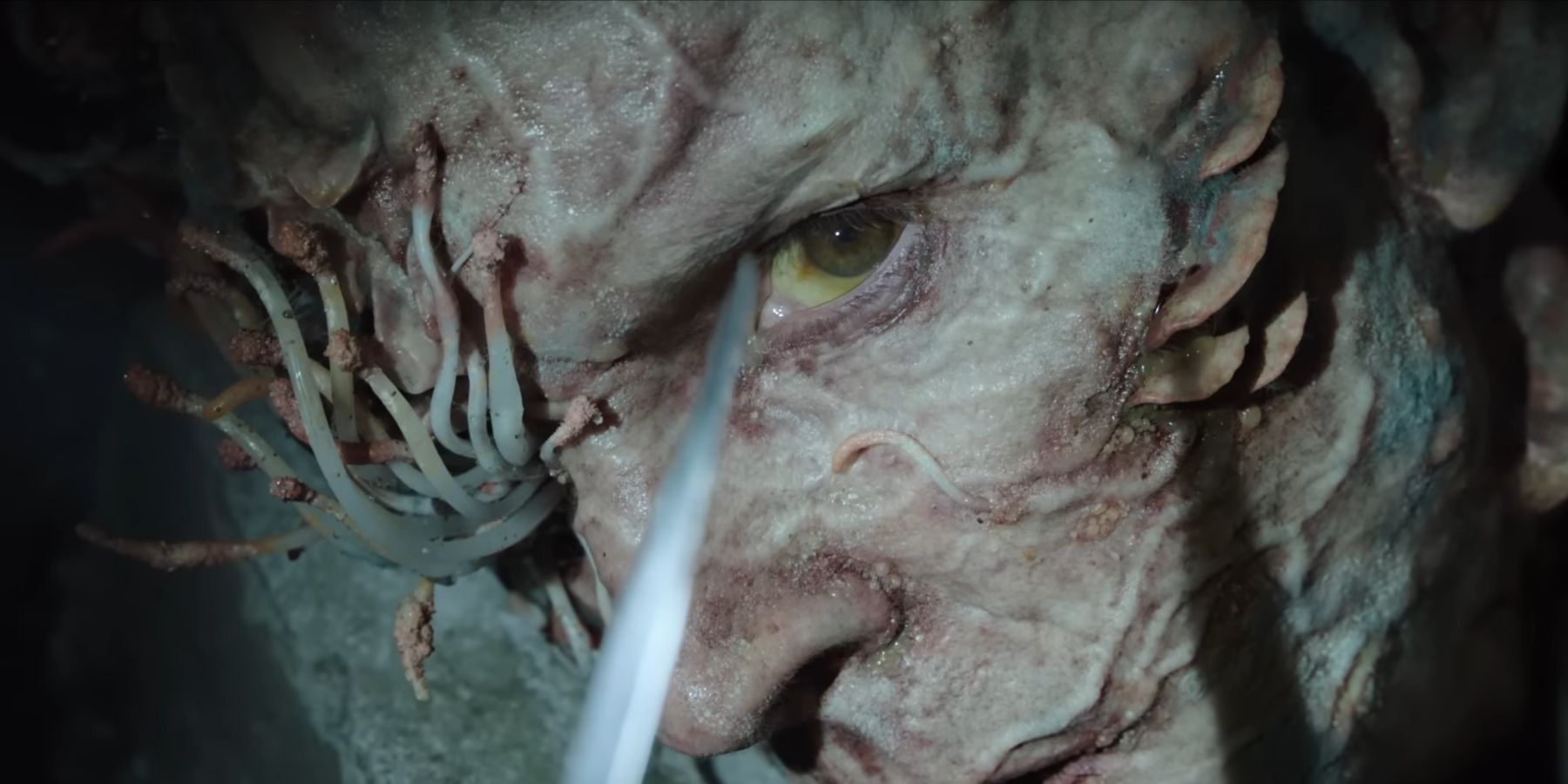Spoilers for The Last of Us Episode 1 below!
Series showrunner, Craig Mazin, recently broke down the real world fungus infection seen on HBO's The Last of Us television series. The horror-drama is set 20 years after a fungus wreaks havoc on the world, turning people into vicious flesh-eating zombies. Based on the 2013 video game of the same name, The Last of Us follows Joel Miller (Pedro Pascal) as he escorts 14-year-old Ellie (Bella Ramsey) across a post-apocalyptic United States filled with infected.
Speaking with The Hollywood Reporter, Mazin detailed the real fungus infection seen on The Last of Us. The writer explained that the fungus exists in the world and acts in the manner seen in the show, just not on humans. However, Mazin doubts that such a dramatic transition for the fungus to affect humans in the way that is depicted on the show will ever happen. Read what The Last of Us showrunner said below:
“It’s real — it’s real to the extent that everything he says that fungus do, they do. And they currently do it and have been doing it forever. There are some remarkable documentaries that you can watch that are quite terrifying. Now his warning — what if they evolve and get into us? — from a purely scientific point of view, would they do exactly to us what they do to ants? I don’t think so. I doubt it. On the other hand, he’s right — LSD and psilocybin do come from fungus. What I told John [Hannah] was, ‘What we’re doing in this scene is telling people this has always been here.'”
Cordyceps Fungus Infection Explained
The zombie-causing fungus developed for the original The Last of Us game is inspired by the real world fungus called Cordyceps. When creating the 2013 PlayStation 3 video game, creator Neil Druckmann saw a segment of the popular BBC documentary Planet Earth in which the Cordyceps fungi infected an ant and changed its behavior. Within the video game, a mutation of the fungus has caused it to infect humans, turning them into ravenous creatures hellbent on killing. The infection can be passed through the bite of an alive infected individual, or from spores generated by a deceased infected person.
The Last of Us show appears to adapt the fungus faithfully with one major exception. Mazin and Druckmann decided to remove spores from the series as they deemed it too dangerous for human survival. Mazin explained that spores would travel too easily on the air and infect almost anybody. However, the show maintains the oral form of transmission as seen with Joel's neighbor who attacked her family causing them to turn into an infected as well.
As the infection spreads within a host, visible fungal growths begin to emanate from the body, starting at the head. One iconic stage of infection is called the Clicker which features growths covering nearly the entirety of a person's head. As a result, the infected are blinded forcing them to use clicks to navigate their surroundings via echolocation. However, the infection can continue to grow throughout out the body, transforming people into unimaginable horrors. With Joel, Ellie, and Tess (Anna Torv) finally venturing out of the Boston Quarantine Zone at the conclusion of The Last of Us episode 1, audiences do not have to wait much longer to see Clickers in action.
Source: THR


